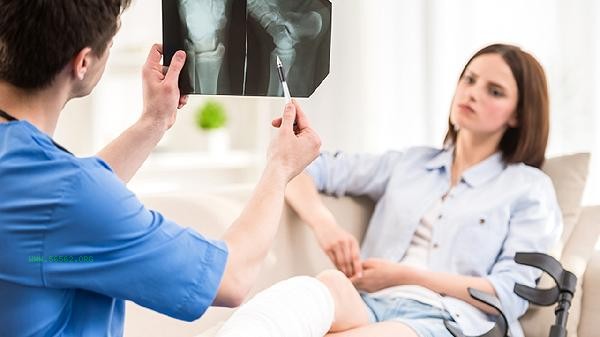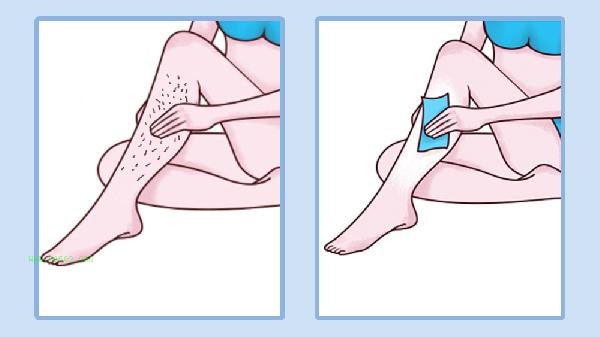The overall bone pain in elderly people over 80 years old may be related to factors such as osteoporosis, osteoarthritis, rheumatoid arthritis, fractures, or bone metastases. It is recommended to seek medical examination in a timely manner, clarify the cause, and receive targeted treatment.

1. Osteoporosis
Osteoporosis is a common cause of systemic bone pain in elderly people, due to reduced bone mass and damage to bone microstructure. Patients may experience symptoms such as lower back pain and reduced height. Daily improvement can be achieved by supplementing calcium supplements and vitamin D. In severe cases, it is necessary to follow the doctor's advice to use anti osteoporosis drugs such as alendronate sodium and zoledronic acid. Moderate low-intensity exercise such as walking can help enhance bone density.
2. Osteoarthritis
Osteoarthritis often occurs in weight-bearing joints, characterized by joint stiffness and pain. The degeneration of articular cartilage in elderly people is the main cause. The treatment includes local hot compress, reducing joint load, and when the pain is obvious, medication such as celecoxib and diclofenac sodium can be used according to the doctor's advice. Maintaining moderate activity levels can help maintain joint function. Rheumatoid arthritis is an autoimmune disease that can cause symmetrical pain and swelling in multiple joints. The patient may experience morning stiffness. Treatment requires the use of anti rheumatic drugs such as methotrexate and leflunomide under the guidance of a doctor. Pay attention to keeping your joints warm and avoid aggravating symptoms with cold stimulation.
4. Fractures
Mild trauma in elderly people may lead to spinal compression fractures, manifested as sudden and severe pain. Diagnosis needs to be confirmed through imaging examination. Treatment includes bed rest, fixation with braces, and in severe cases, surgical treatment such as vertebral augmentation may be required. Nutritional support should be strengthened during the rehabilitation period to prevent further fractures.

5. Bone metastases
Malignant bone metastases can lead to persistent bone pain, characterized by worsening at night. Common in prostate cancer, breast cancer and other patients. The primary lesion needs to be identified through a comprehensive examination, and treatment includes radiation therapy, bisphosphonates, and other medications. When the pain is obvious, follow the doctor's advice to use painkillers to relieve symptoms. Elderly patients with systemic bone pain should seek medical attention promptly to complete bone density, X-ray, CT and other examinations. Pay attention to supplementing calcium rich dairy and soy products in daily life, and promote vitamin D synthesis through moderate sun exposure to avoid accidental injuries such as falls. According to the doctor's advice, choosing appropriate exercise methods such as Tai Chi, water walking, and other low impact exercises can help improve bone health. Maintaining a balanced diet, controlling weight, quitting smoking and limiting alcohol consumption can all help alleviate bone pain symptoms.









Comments (0)
Leave a Comment
No comments yet
Be the first to share your thoughts!